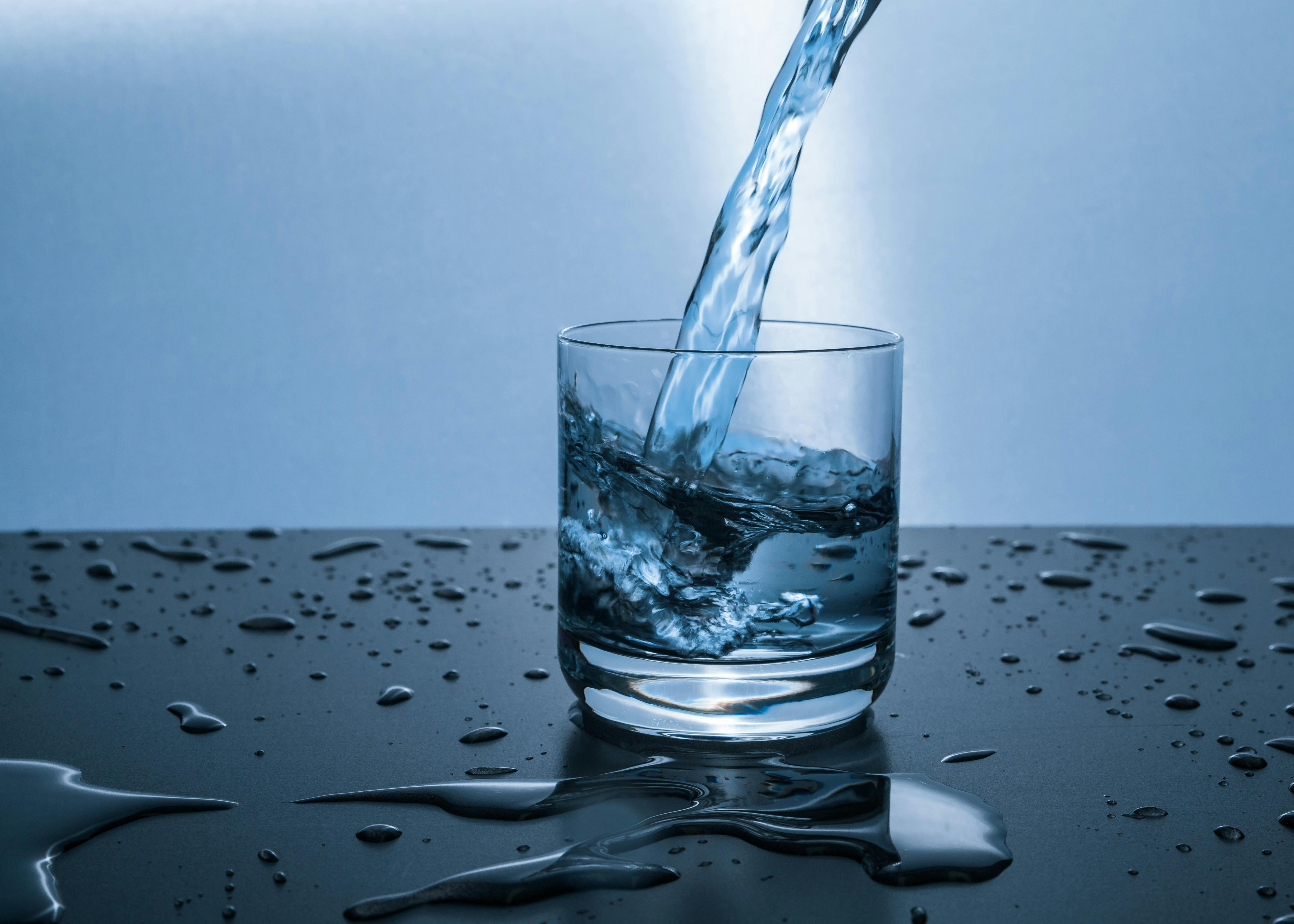Glycemic Index and Athletic Performance: What You Need to Know

The Glycemic Index (GI) is a ranking system for carbohydrates based on their immediate impact on blood glucose levels. Foods are rated on a scale from 0 to 100, with higher values indicating a faster rise in blood sugar. Understanding the GI of foods can be important for athletes aiming to optimize their performance and recovery.
Here’s what athletes need to know about the Glycemic Index and its impact on their performance.
Understanding Glycemic Index
Carbohydrates are a primary energy source for athletes. The GI measures how quickly a carbohydrate-containing food raises blood glucose levels after consumption. Foods are classified into three categories:
Low GI (55 or less): Foods such as whole grains, legumes, and certain fruits, which cause a slow, gradual increase in blood sugar.
Medium GI (56-69): Foods like sweet potatoes and certain rice varieties, which have a moderate impact on blood sugar levels.
High GI (70 or above): Foods such as white bread, sugary drinks, and many processed snacks, which cause a rapid spike in blood sugar.
Pre-Exercise Nutrition
For pre-exercise nutrition, consuming low to medium GI foods is generally recommended. These foods provide a slow and steady release of glucose into the bloodstream, helping maintain energy levels over an extended period. A balanced meal with low GI carbohydrates, protein, and healthy fats consumed 2-3 hours before exercise can enhance endurance and prevent fatigue. For example, a meal with oatmeal, yogurt, and fruits can be ideal.
During Exercise
During prolonged or intense exercise lasting more than an hour, maintaining blood glucose levels is critical for sustained performance. High GI foods or drinks can be beneficial in this scenario as they quickly replenish glucose levels. Sports drinks, energy gels, and fruits like bananas can provide the necessary quick energy boost. However, it’s essential to test these foods during training to ensure they don’t cause gastrointestinal discomfort.
Post-Exercise Recovery
Recovery nutrition is vital for muscle repair and glycogen replenishment. Consuming high GI foods immediately after exercise can help rapidly restore glycogen levels. Combining high GI carbohydrates with protein can enhance muscle recovery and reduce post-exercise soreness. For example, a recovery meal might include a smoothie with banana, protein powder, and honey, or a sandwich with white bread and lean protein.
Individual Variation and Preferences
It’s important to note that individual responses to carbohydrates can vary. Factors such as genetics, metabolic rate, and the type of exercise performed can influence how the body processes carbohydrates. Athletes should experiment with different GI foods during training to determine what works best for their unique needs. Keeping a food diary can help track performance and recovery in relation to dietary choices.
Balancing Overall Diet
While GI is an important consideration, it’s crucial to balance it with overall dietary quality. Consuming a diet rich in low to medium GI foods, whole grains, lean proteins, healthy fats, and plenty of fruits and vegetables supports overall health and athletic performance. High GI foods should be strategically used around training and competition, rather than forming the basis of the diet.
Discover: Nutrition and Training Tips for Aspiring Pro Cheerleaders
Hydration and Other Factors

Athletes should also consider other factors like hydration, electrolyte balance, and overall caloric intake when planning their nutrition. Adequate hydration enhances the absorption and utilization of carbohydrates, while maintaining electrolyte balance is crucial for muscle function and endurance.
Conclusion
Understanding the Glycemic Index and its application can significantly impact athletic performance and recovery. By strategically incorporating low, medium, and high GI foods into their diet, athletes can optimize their energy levels, performance, and recovery. Individual experimentation and balanced nutrition are key to finding what works best for each athlete, ensuring they perform at their peak and recover efficiently.
Do You Picture Yourself As A Professional Cheerleader? Get Expert Advice From Someone Who's Been There.
If you dream of joining a dance team audition but have no idea how to get started, my book entitled Professional Cheerleading Audition Secrets: How To Become an Arena Cheerleader for NFL®, NBA®, and Other Pro Cheer Teams will guide you through every step of the way.
I wrote this book because I WOULD LOVE FOR YOU TO DISCOVER the best tips and advice on staying fit and beautiful, adopting the right mindset, maintaining your image, and more... so you can MAKE YOUR DREAM TEAM!
My tips are based on my 20+ years of experience in the professional cheerleading industry.
Grab a copy of my book by clicking the text or image below:

